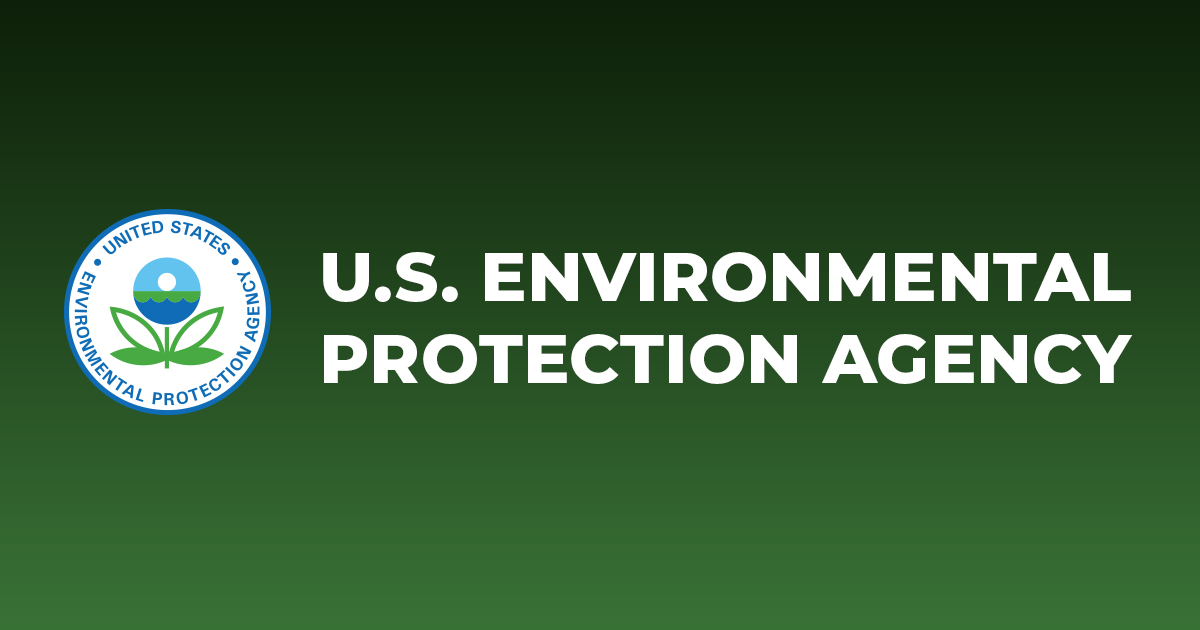
EPA’s Efforts to Provide Clean and Safe Drinking Water

The Environmental Protection Agency (EPA) collaborates with drinking water utilities to ensure the provision of clean and safe drinking water. However, this goal can become challenging during extreme weather events like drought.
Impact of Climate Change on Drought Risk
Climate change is expected to intensify both short-term and long-term droughts across various regions of the United States. Short-term droughts are projected to become more frequent across most of the country, while long-term droughts are anticipated in large areas of the Southwest, southern Great Plains, and Southeast. These droughts pose a threat to the ability of drinking water utilities to maintain safe and effective service in the present and future.
Challenges Faced by Water Utilities During Drought
During droughts, water utilities may encounter a reduced volume of water or even a loss of water supply sources. Simultaneously, they may experience increased demand from customers. Short-term water sources like reservoirs or lakes can be significantly affected by drought, while long-term water storage or supply, such as mountain snowpack, can also be impacted. The heightened risk of drought necessitates drinking water utilities to reassess and revise their long-term plans to ensure access to a reliable source of water.
Impact on Source Water Quality
A decrease in available source water during droughts can lead to higher concentrations of contaminants in the water, resulting in diminished source water quality. Poor source water quality can affect treatment costs and the ability to meet drinking water standards.
Exploring Alternative Water Sources
In response to reduced water supply, drinking water utilities may consider developing alternative water sources, such as groundwater. However, in coastal areas, increased groundwater withdrawals may exacerbate other climate impacts like saltwater intrusion.
Wildfires and their Effects on Water Facilities
In certain regions, drought and high temperatures contribute to dry conditions that increase the risk of wildfires. These wildfires pose a threat to water facilities, leading to increased erosion and adversely affecting source water quality. Additionally, wildfires have significant public health impacts by diminishing air quality.
Explore More About Adaptation and Drought
SDGs, Targets, and Indicators
| SDGs | Targets | Indicators |
|---|---|---|
| SDG 6: Clean Water and Sanitation | 6.4: By 2030, substantially increase water-use efficiency across all sectors and ensure sustainable withdrawals and supply of freshwater to address water scarcity and substantially reduce the number of people suffering from water scarcity | Indicator not mentioned in the article |
| SDG 13: Climate Action | 13.1: Strengthen resilience and adaptive capacity to climate-related hazards and natural disasters in all countries | Indicator not mentioned in the article |
| SDG 15: Life on Land | 15.3: By 2030, combat desertification, restore degraded land and soil, including land affected by desertification, drought, and floods, and strive to achieve a land degradation-neutral world | Indicator not mentioned in the article |
| SDG 3: Good Health and Well-being | 3.9: By 2030, substantially reduce the number of deaths and illnesses from hazardous chemicals and air, water, and soil pollution and contamination | Indicator not mentioned in the article |
1. Which SDGs are addressed or connected to the issues highlighted in the article?
The issues highlighted in the article are connected to the following SDGs:
- SDG 6: Clean Water and Sanitation
- SDG 13: Climate Action
- SDG 15: Life on Land
- SDG 3: Good Health and Well-being
2. What specific targets under those SDGs can be identified based on the article’s content?
Based on the article’s content, the following targets can be identified:
- Target 6.4: By 2030, substantially increase water-use efficiency across all sectors and ensure sustainable withdrawals and supply of freshwater to address water scarcity and substantially reduce the number of people suffering from water scarcity (SDG 6)
- Target 13.1: Strengthen resilience and adaptive capacity to climate-related hazards and natural disasters in all countries (SDG 13)
- Target 15.3: By 2030, combat desertification, restore degraded land and soil, including land affected by desertification, drought, and floods, and strive to achieve a land degradation-neutral world (SDG 15)
- Target 3.9: By 2030, substantially reduce the number of deaths and illnesses from hazardous chemicals and air, water, and soil pollution and contamination (SDG 3)
3. Are there any indicators mentioned or implied in the article that can be used to measure progress towards the identified targets?
No specific indicators are mentioned or implied in the article that can be used to measure progress towards the identified targets.
4. Table: SDGs, Targets, and Indicators
| SDGs | Targets | Indicators |
|---|---|---|
| SDG 6: Clean Water and Sanitation | 6.4: By 2030, substantially increase water-use efficiency across all sectors and ensure sustainable withdrawals and supply of freshwater to address water scarcity and substantially reduce the number of people suffering from water scarcity | Indicator not mentioned in the article |
| SDG 13: Climate Action | 13.1: Strengthen resilience and adaptive capacity to climate-related hazards and natural disasters in all countries | Indicator not mentioned in the article |
| SDG 15: Life on Land | 15.3: By 2030, combat desertification, restore degraded land and soil, including land affected by desertification, drought, and floods, and strive to achieve a land degradation-neutral world | Indicator not mentioned in the article |
| SDG 3: Good Health and Well-being | 3.9: By 2030, substantially reduce the number of deaths and illnesses from hazardous chemicals and air, water, and soil pollution and contamination | Indicator not mentioned in the article |
Behold! This splendid article springs forth from the wellspring of knowledge, shaped by a wondrous proprietary AI technology that delved into a vast ocean of data, illuminating the path towards the Sustainable Development Goals. Remember that all rights are reserved by SDG Investors LLC, empowering us to champion progress together.
Source: epa.gov

Join us, as fellow seekers of change, on a transformative journey at https://sdgtalks.ai/welcome, where you can become a member and actively contribute to shaping a brighter future.






